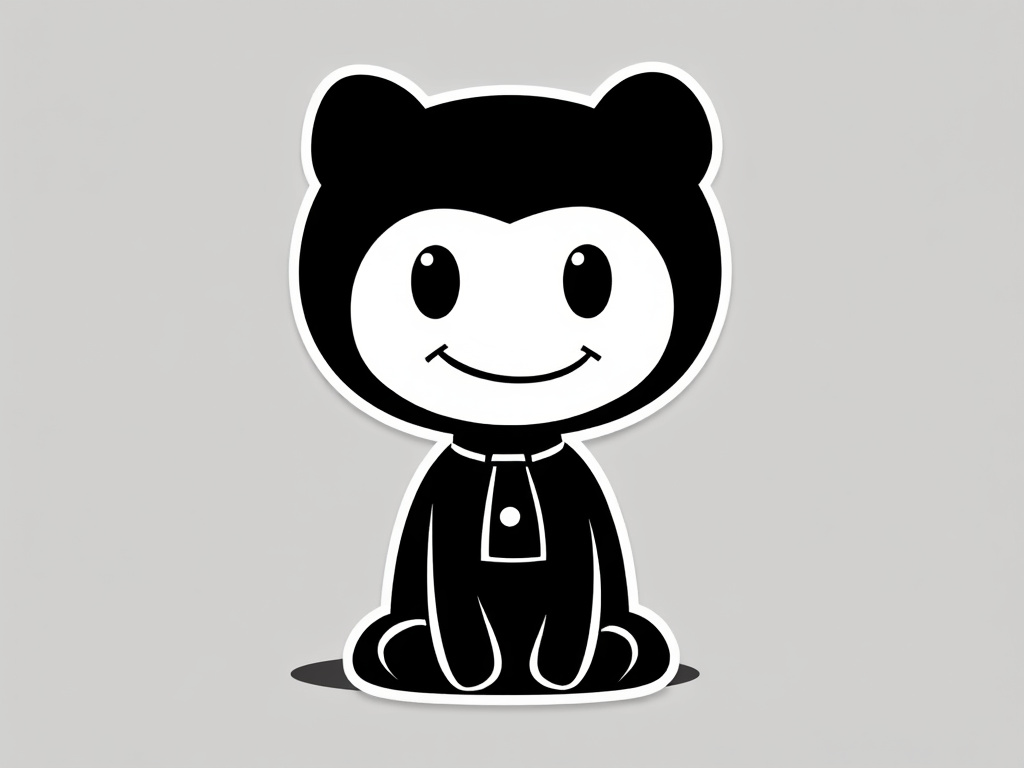Web development is one of the most exciting and in-demand careers today. With the growing importance of the internet, websites have become essential for businesses, entertainment, education, and communication. If you’ve ever wondered how to become a web developer, this guide will walk you through the steps in a way that’s easy to understand. You don’t need any prior experience or technical knowledge to follow along!
What is Web Development?
Web development is the process of creating and maintaining websites. It involves building the layout, adding functionality, and making sure the website runs smoothly. There are two main types of web development:
- Frontend Development: This is the part of the website that users see and interact with. It includes everything from the layout and colors to buttons and forms.
- Backend Development: This involves working on the server side of the website. It handles how the website functions, processes data, and stores information.
Some web developers specialize in either frontend or backend development, while others (called “full-stack developers”) handle both.
Why Become a Web Developer?

Web development is an attractive career path for several reasons:
- High demand: Businesses are always looking for web developers to build and maintain their websites.
- Good salary: Web developers generally earn competitive salaries.
- Flexible work options: Many web developers work remotely, and freelance opportunities are plentiful.
- Creative and technical: Web development is a perfect balance of creativity (designing websites) and problem-solving (coding).
Now that we know why web development is such a great career choice, let’s dive into how to get started.
Step 1: Learn the Basics of HTML, CSS, and JavaScript
The first step to becoming a web developer is learning three key programming languages: HTML, CSS, and JavaScript. These are the building blocks of web development.
1. HTML (HyperText Markup Language)
HTML is the language used to structure a website’s content. It allows you to add text, images, videos, and links to a webpage.
Example of HTML:
htmlCopy code<!DOCTYPE html>
<html>
<head>
<title>My First Website</title>
</head>
<body>
<h1>Welcome to My Website!</h1>
<p>This is a paragraph of text.</p>
</body>
</html>
2. CSS (Cascading Style Sheets)
CSS is used to style the content on your webpage. It controls the design, such as colors, fonts, and layout.
Example of CSS:
cssCopy codeh1 {
color: blue;
font-size: 36px;
}
p {
color: gray;
font-family: Arial, sans-serif;
}
3. JavaScript
JavaScript is a programming language that makes websites interactive. With JavaScript, you can add features like buttons, forms, and animations.
Example of JavaScript:
javascriptCopy codedocument.querySelector('h1').addEventListener('click', function() {
alert('You clicked the heading!');
});
Once you’ve familiarized yourself with these three languages, you’ll have the basic skills needed to create a simple website.
Step 2: Practice Building Simple Websites
The best way to learn web development is through practice. Start by building small, simple websites using the skills you’ve learned in HTML, CSS, and JavaScript. You can follow online tutorials or try creating websites from scratch, such as:
- A personal blog
- A portfolio website
- A simple online store
As you practice, focus on improving both the look (frontend) and functionality (backend) of your websites. The more you build, the better you’ll get!
Step 3: Learn Version Control with Git and GitHub

As you work on more projects, you’ll want to keep track of changes to your code. Git is a version control system that allows you to do this. It helps you manage different versions of your code and makes it easier to collaborate with others.
GitHub is an online platform where you can store your Git repositories (folders that contain your code). You can use GitHub to:
- Share your code with others
- Collaborate on projects
- Showcase your work to potential employers
Learning how to use Git and GitHub is essential for becoming a professional web developer.
Step 4: Explore Backend Development (Optional)
If you’re interested in more than just frontend development, you might want to learn about backend development. Backend development involves managing databases, servers, and ensuring everything on the website functions smoothly.
Popular Backend Technologies:
- Node.js: A JavaScript runtime that lets you run JavaScript on the server.
- PHP: A programming language widely used for server-side scripting.
- Python: A beginner-friendly language that’s also used for web development with frameworks like Django and Flask.
- Databases: Web developers often work with databases such as MySQL, PostgreSQL, or MongoDB to store and retrieve data for websites.
Learning backend development expands your skill set and opens the door to full-stack development, allowing you to work on both frontend and backend tasks.
Step 5: Use Web Development Tools
Web developers use a variety of tools to streamline their work. Here are a few important ones you should know:
1. Text Editors:
These are software programs where you write your code. Some popular ones are:
- Visual Studio Code (VS Code)
- Sublime Text
- Atom
2. Web Browsers:
When developing websites, you’ll need to test them across different web browsers, such as:
- Google Chrome
- Firefox
- Safari
3. Browser Developer Tools:
Most modern browsers have built-in developer tools that allow you to inspect your code and troubleshoot issues. You can access these tools by right-clicking on a webpage and selecting “Inspect.”
Step 6: Build a Portfolio
As you create more websites, it’s important to showcase your work in a portfolio. A portfolio is a collection of your best projects that demonstrates your skills to potential employers or clients. Make sure your portfolio website is well-designed, easy to navigate, and includes:
- Links to live websites you’ve built
- Code samples or GitHub links to your projects
- A brief description of each project, explaining what you did
A strong portfolio can significantly improve your chances of landing a job or freelance work as a web developer.
Step 7: Learn About Responsive Design
With more people browsing the web on smartphones and tablets, it’s crucial to make sure websites look good on all screen sizes. Responsive design ensures that a website adapts to different devices, whether it’s a large desktop monitor or a small mobile phone.
You can make your websites responsive by:
- Using flexible layouts
- Applying media queries in CSS
- Ensuring images and other content scale properly
Many modern web developers use frameworks like Bootstrap or Tailwind CSS to speed up the process of creating responsive websites.
Step 8: Join a Web Development Community
Web development can sometimes be challenging, especially when you run into bugs or problems with your code. Joining a community of web developers can help you stay motivated, learn new things, and get help when you need it.
Some great places to connect with other web developers include:
- Stack Overflow: A question-and-answer site for coding issues.
- Reddit: The web development subreddits have helpful discussions and tips.
- GitHub: Contribute to open-source projects and collaborate with other developers.
Step 9: Apply for Jobs or Start Freelancing
Once you’ve built up your skills and created a portfolio, you’re ready to start looking for web development jobs or freelance gigs. There are plenty of opportunities in web development, from working for a company to freelancing and being your own boss.
Where to Find Jobs:

- Job boards: Websites like Indeed, Glassdoor, and LinkedIn have many web developer listings.
- Freelance platforms: Websites like Upwork, Fiverr, and Freelancer allow you to offer your services as a web developer to clients worldwide.
You May Also Like: 7 Most Important Questions to Ask When Hiring a Web Developer
Becoming a web developer is a rewarding journey that opens up numerous career opportunities. By learning the basics of HTML, CSS, and JavaScript, practicing your skills, building a portfolio, and staying connected with the community, you can set yourself up for success. With dedication and persistence, you can turn your passion for web development into a successful and fulfilling career.

Leave a Reply
You must be logged in to post a comment.